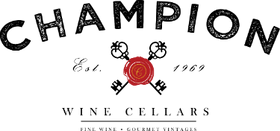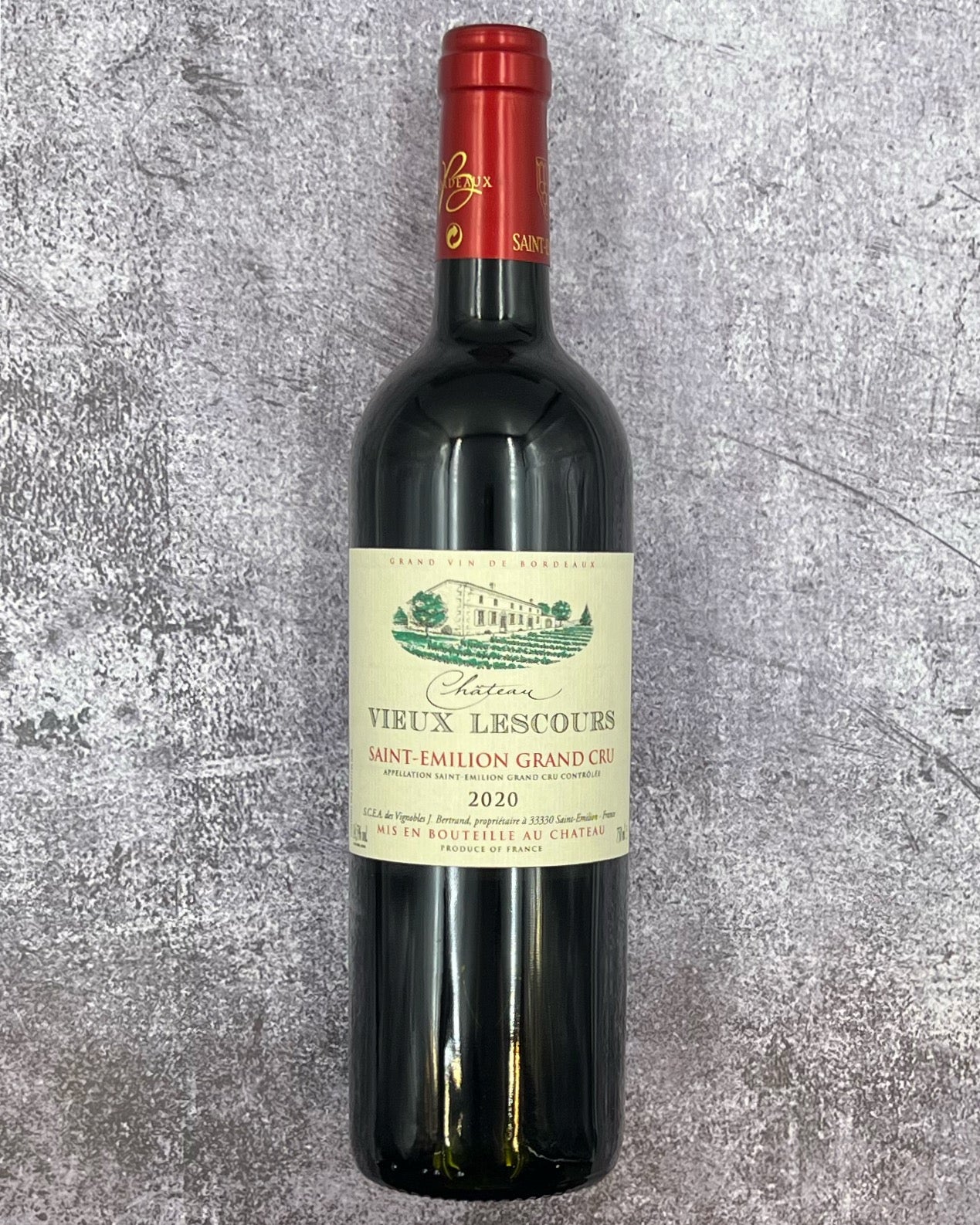Description
From: Saint-Emilion, Bordeaux, France
Blend: 70 % Merlot, 25 % Cabernet Franc, 5 % Cabernet Sauvignon
Taste: This wine has a medium ruby color and a range of seductive aromas, showing an array of rich red fruits like red cherry, red plum, and blackberry embraced by notes of clove, tobacco flower, and warmed leather—subtle hints of violet buoy these core tones and further accented with spice and cedar. The palate is refreshingly medium-bodied in weight, and its acidity and tannin structure allow this youthful Saint-Emilion red to pair with a wide range of dishes.
Pairing: As always, you can go with classic regional dishes like duck confit or beef entrecôte (steak frites, anyone?). Other great pairings could include leaner and more savory meats like pork and duck, stews of lamb or game, or portobello mushrooms. For today’s pairing, we’re sharing Mark Bittman’s recipe for Crisp-Braised Duck Legs with Aromatic Vegetables.
About. Located in the Libournais on the right bank of the Dordogne, Saint-Emilion is the oldest active wine-growing area in Bordeaux, dating back to Roman times. The appellation covers 5,565 hectares of limestone, clay, gravel, and sandy soils. Merlot dominates the blends here, along with smaller portions of Cabernet Franc and occasionally Cabernet Sauvignon. Wines made within the Saint-Emilion appellation may be labeled as Saint-Emillion Grand Cru if they meet stricter production requirements, including lower vineyard yields and higher levels of alcohol.
The Bertrand family is a traditional wine-growing family in Saint-Emilion, having managed the Château Vieux Lescours vineyard since 1880. While Château Vieux Lescours vineyard is now integrated into the larger property of Château Carteau, the Bertrand family continues to steward the land. Jacques Bertrand instilled a respect and passion for the land in his children—Anne-Marie, Bruno, and Catherine—who continue to produce great wines.
This wine comes from vines that are an average of 30 years of age and are planted mainly on sandy soils. The vineyard is managed sustainably and has achieved HVE level three certification. The grapes were harvested and sorted meticulously by hand, and parcels were vinified plot-by-plot in a mix of temperature-controlled cement and stainless-steel vats. The wine spent 12 months aging in French oak barrels. Blending is done according to the winemaker’s expertise and with the support of data from a renowned field laboratory in the area. Approximately 15,000 bottles are made per year.

